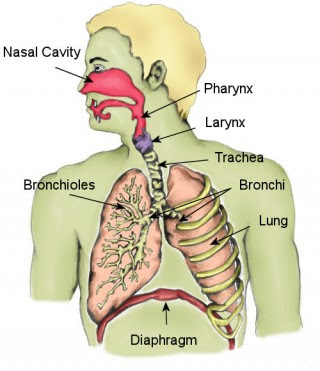CHOLESTASIS
Cholestasis
is a condition where bile can’t flow from the liver to the duodenum. Bile
formation is a secretary function of the liver. It begins in bile Canaliculi
that form between two adjacent surfaces of liver cells similar to the terminal
branches of a tree. The Canaliculi join each other to form larger structures,
sometimes referred to as canals of hering, which themselves join to form small
bile ductules that have an epithelial surface. The ductules join to form bile
ducts that eventually form either the right main hepatic duct that drains the
right lobe of the liver and the left main hepatic duct draining the left lobe
of the liver. The two ducts join to form the common hepatic duct, which in turn
joins the cystic duct from the gall bladder, to give the common bile duct. This
duct then enters the duodenum at the ampulla of Vater.
Causes: - The causes of cholestasis are
divided into two groups:
i.)
Those
originating within the liver and
ii.)
Those
originating outside the liver.
i.)
Acute Hepatitis,
ii.) Alcoholic
Liver Disease,
iii.) Primary biliary Cirrhosis with
inflammation and scarring of the
bile ducts,
iv.) Cirrhosis due to viral hepatitis B or C,
v.) Drugs,
vi.) Hormonal effects on bile flow during
Pregnancy and
vii.) Cancer that has spread to the liver.
Outside The Liver: - Causes include:
i.)
A stone in
a bile duct, narrowing of a bile duct,
ii.)
Cancer of a
bile duct,
iii.)
Cancer of
the Pancreas and
iv.)
Inflammation
of the Pancreas.
Symptoms: -
i.)
Jaundice,
dark urine, light colored stools and generalized itchiness are characteristic Symptoms
of Cholestasis.
ii.)
Jaundice
results from excess bilirubin deposited in the skin, and dark urine results
from excess bilirubin excreted by the kidneys.
iii.)
Retention
of bile products in the skin may cause itching, with subsequent scratching and
skin damage.
iv.)
Stools may
become light-colored because the passage of bilirubin into the intestine in
blocked.
v.)
Stools may
contain too much fat because bile can’t enter the intestine to help digest fat
in foods.
vi.)
Fatty
stools may be foul-smelling. The lack of bile in the intestine also means that
calcium and vitamin D are poorly absorbed. If Cholestasis Persists, a
deficiency of these nutrients can cause loss of bone tissue. Vitamin K, which
is needed for blood clotting, is also poorly absorbed from the intestine,
causing a tendency to bleed easily.
vii.)
Prolonged
jaundice due to cholestasis produces a muddy skin color and fatty yellow
deposits in the skin. Whether the person has other symptoms, such as abdominal
pain, loss of appetite, vomiting or fever depends on the cause of cholestasis.
Diagnosis
A doctor tries to determine whether the cause is within or outside the
liver on the basis of symptoms and the results of a physical examination.
Recent use of drugs that can cause cholestasis suggests a cause within the
liver. Small spiders like blood vessels visible in the skin, an enlarged spleen
and fluid in the abdominal cavity, which are signs of chronic liver diseases
also suggest a cause within the liver.
Findings that suggest a cause outside the liver include certain kinds of
abdominal pain and an enlarged gall bladder.
Laboratory Test: - The blood levels of two enzymes alkaline phosphatare
and gammaglutamyl transpeptidase are very high in people with cholestasis.
Treatment
Homeopathic Medicine: - Berberis V., Carduus Mar, Chelidonium,
China, Hydrastis, Lachesis, Leptandra, Lycopodium, Merc. Sol., Myrica, etc.



